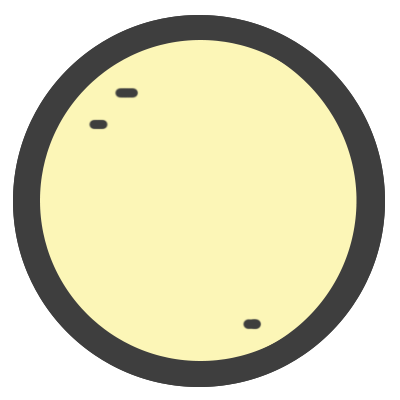
A waning gibbous moon sails over the eastern horizon in the hours between sunset and midnight. It is past full now... appearing less than full but more than half lighted.
What can I say about a waning gibbous moon? Only that it can surprise you if you happen to be out late in the evening. It rises eerily some hours after sunset, glowing redly like a full moon when it is near the horizon. Sometimes it looks like a misshapen clone of a full moon.
Because it comes up late at night, the waning gibbous moon prompts people to start asking, "Where is the moon? I looked for it last night and could not find it." It also initiates a rash of questions seeing the moon during the day. If it rises late at night, you know the waning gibbous moon must set after sunrise. In fact, in the few days after full moon, you will often see the waning gibbous moon in the west in early morning, floating against the pale blue sky.
Read more at EarthSky.org
- 12.6 days until next New Moon
- 20 days until next First Quarter
- 27.4 days until next Full Moon
- 5.3 days until next Last Quarter
- 94.95% illumination